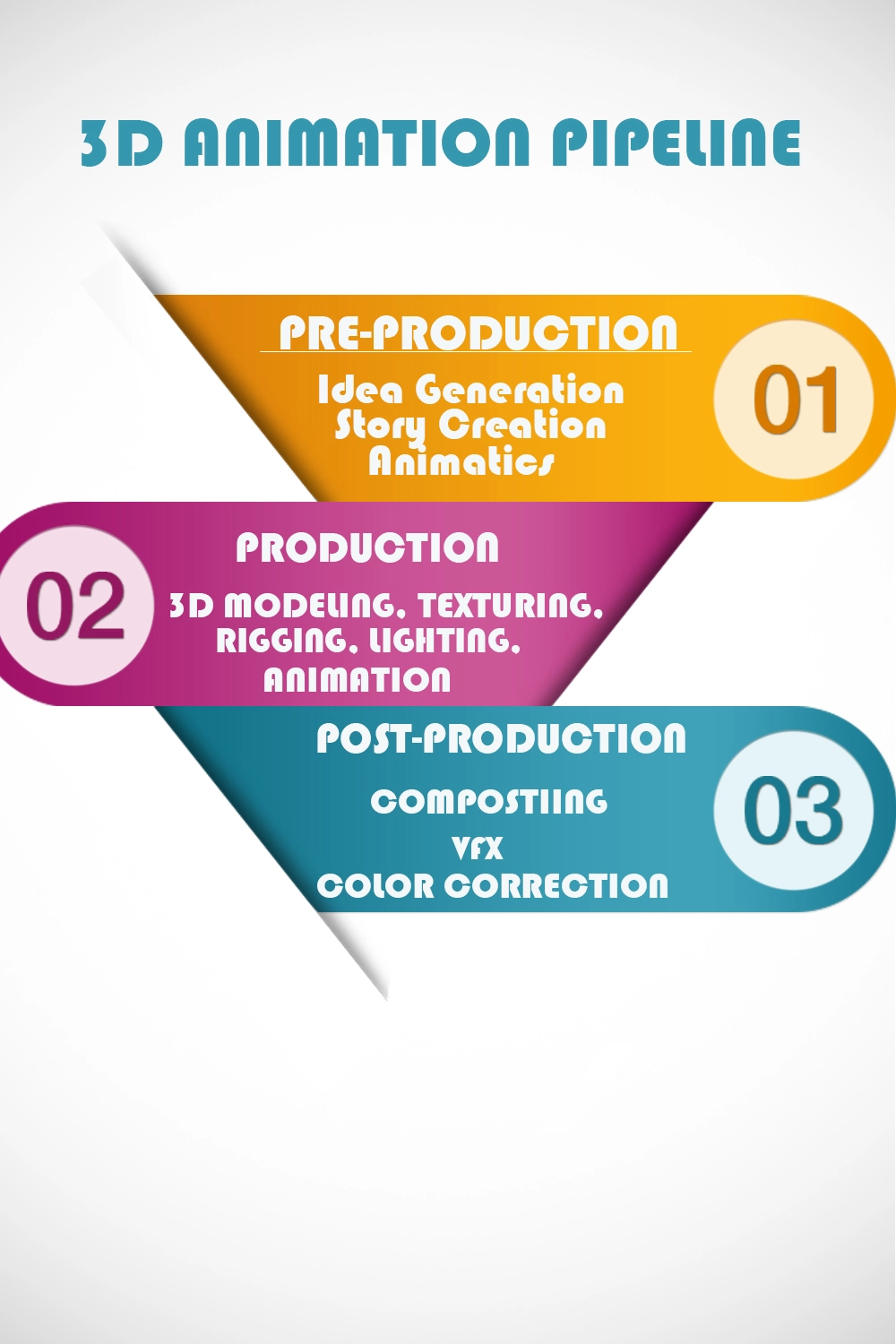
What are the best ideas for 3D Printing at home
What are the best ideas for 3D Printing at home
Making real products out of digital plans is a process known as 3D printing, commonly referred to as additive manufacturing. It requires the use of a 3D printer, a device that reads a file of a 3D model and creates the thing layer by layer out of different materials like plastic, metal, or ceramic. The method is based on the idea of layer-by-layer construction, where materials are stacked one on top of the other until the desired shape is obtained.
The capacity to produce intricate patterns and geometries that are impossible to manufacture using conventional manufacturing techniques is one of the main benefits of 3D printing. Intricate features, holes, and undercuts may be added to 3D printed objects, making them perfect for building prototypes, custom components, and even artificial organs. In reality, 3D printing is already in use across a variety of sectors, including healthcare, aerospace, and fashion.
The first phase in the 3D printing process is the development of a 3D model using computer-aided design (CAD) software. The design may be started from scratch or imported from an already-existing file, such as one that was downloaded from an internet repository or a scan of an actual object. As the model is prepared, it is turned into a 3D printer-compatible file type, such as a.STL or.OBJ file.
The setup of the printer, which includes choosing the right material, calibrating the device, and feeding the material into the printer, is the first step in the 3D printing process. After reading the digital model, the printer starts to create the object layer by layer while utilising a number of processes like extrusion, powder bed fusion, or photopolymerization. Depending on the intricacy and size of the item, the procedure could take several hours or even days.
The object is taken out of the printer and any supporting structures are taken out after printing is finished. To give the item the proper finish, it may next go through extra processing like sanding, polishing, or painting. In the end, a physical thing that has all the same features and intricacies as the digital model will be created.
In conclusion, 3D printing is a ground-breaking innovation that has the power to revolutionise the way we produce and design products. Because technology can create intricate shapes and geometries, 3D print llows for a level of customisation and accuracy that was previously unattainable. The technology is projected to have a considerable impact on a variety of sectors and applications as it advances and becomes more widely available.
3D printing is an amazing technology that is increasingly accessible to people in their own homes. No of your level of expertise, 3D print opens up countless opportunities for creativity and innovation. In this post, we’ll look at some of the best home 3D printing projects and provide you with some advice and starting materials.
Custom phone cases are one of the most well-liked items made using at-home 3D printings. You can quickly design and create a phone case with a 3D printer that matches your own style and exactly fits your phone. You may play around with various colours, textures, and forms, and you can even add your own logos or artwork. Even some 3D printings aficionados have produced phone cases with useful elements like pop-out stands or card holders.
Making your own household things with 3D printings is a fantastic additional home-based printing concept. Kitchen utensils, storage bins, and even furniture are simple to create using a 3D printer. You can design customised items with 3D printings, such as a spice rack that exactly fits in a corner or a plant planter that complements your home’s decor. You can experiment with materials, such as wood or metal filaments, to make products with distinctive textures and finishes using 3D printer.
Making your own toys or collectibles using 3D printings is a terrific option if you enjoy video games or memorabilia. With 3D printings, you can manufacture complex sculptures and action figures that are impossible to produce using conventional manufacturing techniques. To make your own distinctive characters or objects, you can even alter preexisting designs. Some 3D printings communities have even compiled extensive collections of 3D printable designs for well-known video games and television programmes.
The field of prosthetics is one where 3D printings is used frequently. You can design prosthetic limbs or other assistive equipment specifically for a user’s needs using a 3D printer. Those with impairments or those living in underdeveloped nations who might not have access to conventional prosthetics may find this to be extremely helpful. Also, there are more open-source designs for 3D printed prosthetics than ever before, making it simpler than ever to get started in this industry.
And last, using 3D printings to produce art and design projects can be a terrific idea. You may build sculptures, jewellery, and other items using 3D printing that are not possible to construct by hand. Larger design projects, like those for architecture or product design, can also use 3D printings to produce prototypes. It is simple to share and sell your works thanks to the burgeoning number of online groups and marketplaces for 3D printed art.
In conclusion, 3D printings offers an astounding range of options for home users. Using 3D printings, you can make whatever your heart desires, from useful home goods to custom phone cases to one-of-a-kind pieces of art. Anyone may start using 3D printings and begin exploring the limitless opportunities offered by this innovative technology with the correct tools and materials.

